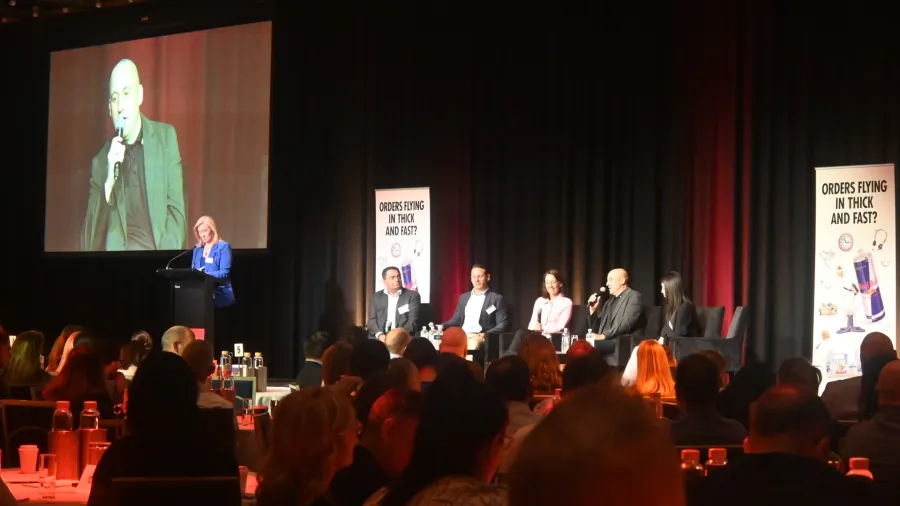
Is the answer to labour shortage more technology?
Retail Zoo, Hungry Jack’s, and Craveable Brands shared their thoughts.
Labour is one of the biting challenges in the QSR industry and what some brands are doing is to add more technology and automation in-store to ease the burden on human resources and redirect them towards the important things like enhancing the customer experience.
According to Retail Zoo CEO Nishad Alani, originally customer experience was driven purely by human interaction.
“People want to have a great experience, they want to see a smile, they want to have that conversation,” Nishad said.
However, customers themselves have grown more tech-savvy over the years. This manifests in different ways. For some, they want more payment methods. Those on the go, on the other hand, would like to avoid lines so they either order ahead or prefer to use self-ordering kiosks.
“So what we did, and I think everyone else, is move towards self-ordering kiosks and automation. What we’re finding with self-serve kiosks is that customers seem to prefer it. For example in the grocery store, how many people are waiting in line at the self-checkout compared to those waiting to talk to a clerk?” Nishad said
Nishad also said they noticed customers are also spending more on self-service kiosks.
“So whilst we want to continue to maintain that memorable experience for our customers, we are slowly moving in the direction of automation and it seems to be the best of both worlds at this point.”
A chance to redirect labour
Hungry Jack’s CEO Chris Green described his own experience with AI and automation as ‘incredible’. The biggest potential for these new technologies isn’t cutting down on labour but redirecting it to other parts of the business.
Chris recalled his visit to a Checkers drive-thru. The American fast-food chain, which specialises in burgers and hotdogs, has been using Hi Auto’s AI voice ordering automation system for its drive-thru.
Chris was amazed at the accuracy of the voice-ordering AI. He even went on three different occasions, even asking his Uber drivers to order for him just to test its accuracy, speed, and friendliness.
“It was an incredible experience. It took my order straight away even with an Australian accent and even offered suggestions. But what made it more amazing was when I pulled up at the last window to pick up my food, the friendliness of the person delivering the food and the quality of the food. So whilst I think there are potential labour savings, there’s upsell opportunities and accuracy, the important thing is to be able to redirect that labour into other parts of the business,” Chris said.
Creating more value for employees
Craveable Brands CEO Karen Bozic said one thing they have been doing to attract and retain staff is to think more about the employee value proposition.
Around 70% of Craveable Brand’s workforce is part of the younger generation between the youngest millennials and Gen Z and what they found is that this generation is more purposeful.
This led to them talking more about employee value proposition and about what life at Craveable should look like.
“We’ve been very focused on that EVP space around things like having a Reconciliation Action Plan and doing a lot of work on diversity and inclusion. Ultimately, training, education, and recognition are really important factors in our business,” Karen said.
Just recently, Craveable gained a family-friendly workplace accreditation as well as a great place to work accreditation which held significant meaning for their employees.
“We want to get it right because the cost of labour is a real issue but the cost of turnover is even greater and as an industry, we do typically have a high turnover rate,” Karen said.



























